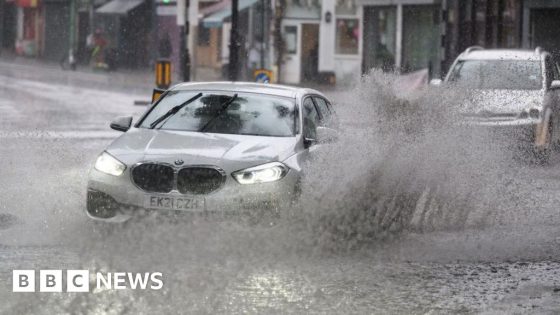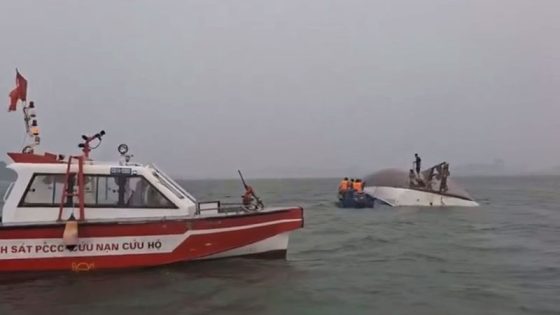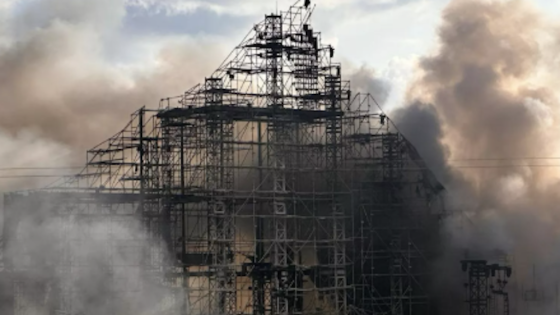On July 20, 2025, a significant seismic event shook the Kamchatka Peninsula in Russia, prompting global attention. The Pacific Tsunami Warning Center issued a threat forecast following two earthquakes, the larger measuring 7.4 in magnitude.
- Tsunami threat issued for Kamchatka Peninsula
- Largest quake measured 7.4 magnitude
- Quakes occurred near Petropavlovsk-Kamchatsky
- Initial tsunami warning later downgraded
- No immediate reports of casualties or damage
- Historical context: 1952 quake caused significant waves
The first quake, recorded at a magnitude of 6.7, struck just minutes before the more powerful tremor, located 144 kilometers east of Petropavlovsk-Kamchatsky. Fortunately, there have been no immediate reports of casualties or damage.
Initially, the PTWC warned of major tsunami waves, but this was later downgraded to potential waves of up to one meter. As a precaution, Russia’s Emergencies Ministry advised coastal residents to remain away from the shore. What does this mean for global seismic activity?
This recent seismic activity raises questions about the preparedness of coastal communities. Are they equipped to handle such natural disasters? Understanding the implications of these quakes is crucial for global safety.
- Seismic activity in Kamchatka is frequent due to tectonic plate interactions.
- The region has a history of significant earthquakes, including a 9.0 quake in 1952.
- Monitoring and early warning systems are vital for minimizing disaster impacts.
As we look to the future, it’s essential for international communities to strengthen disaster response strategies and enhance public awareness of earthquake risks.
































